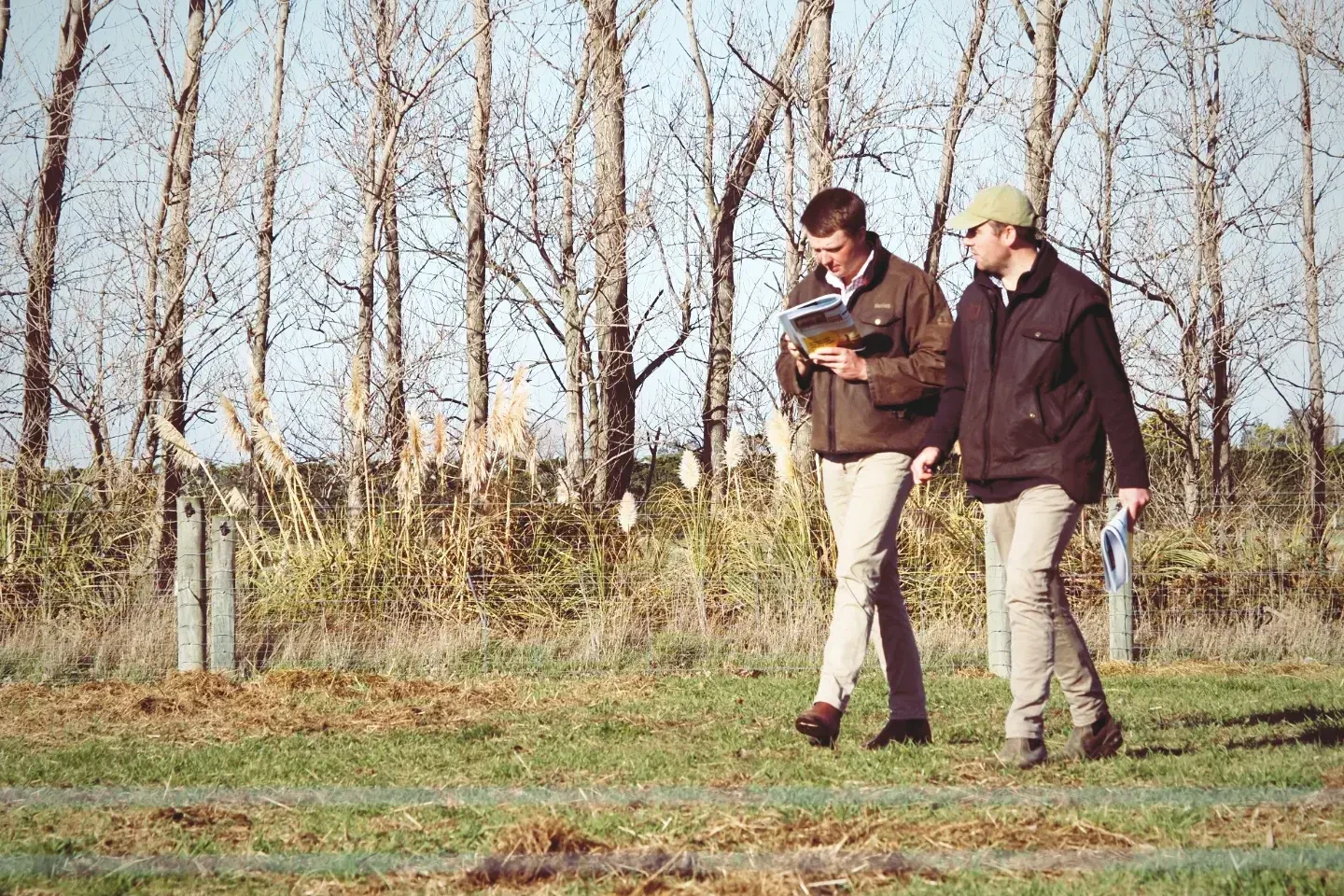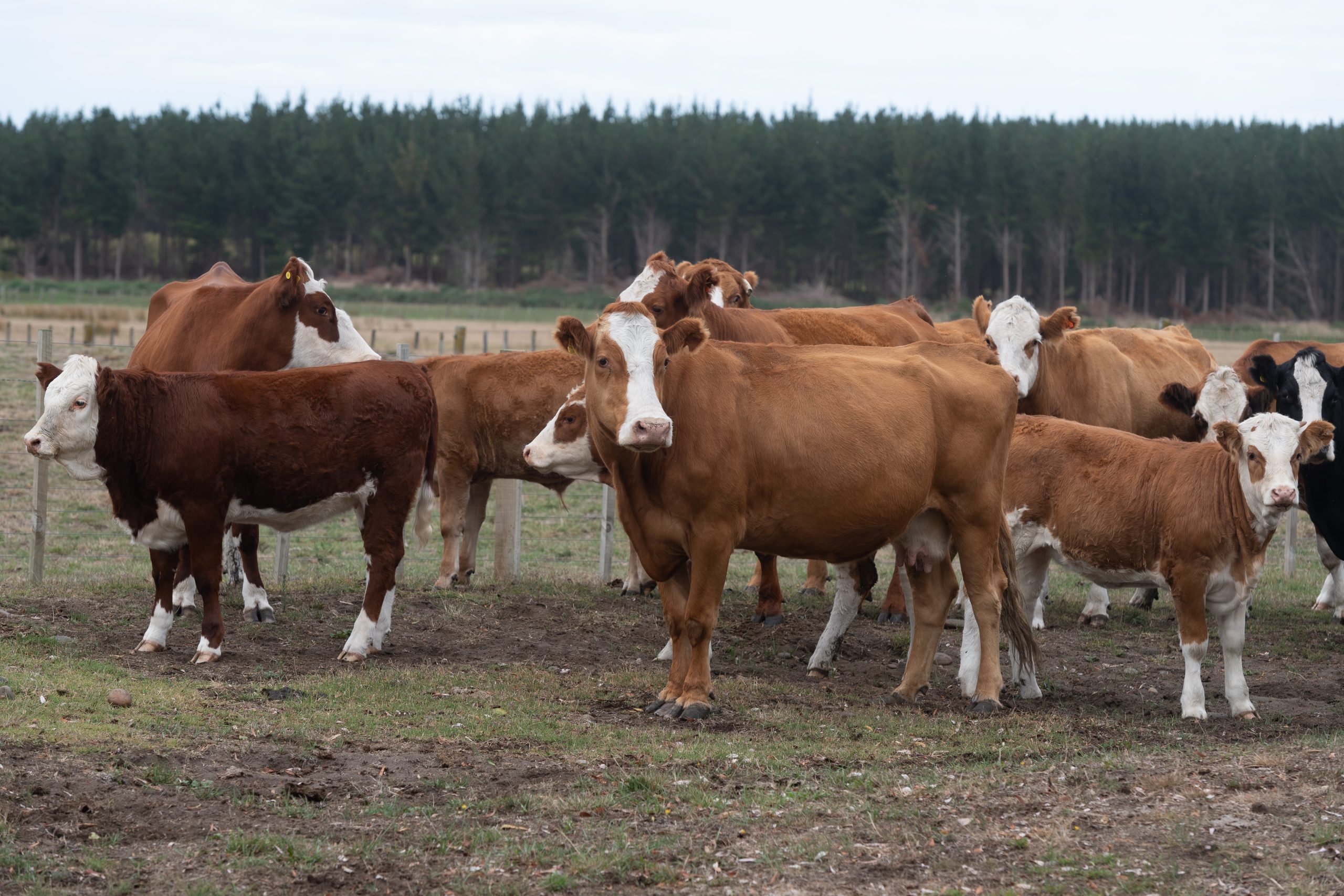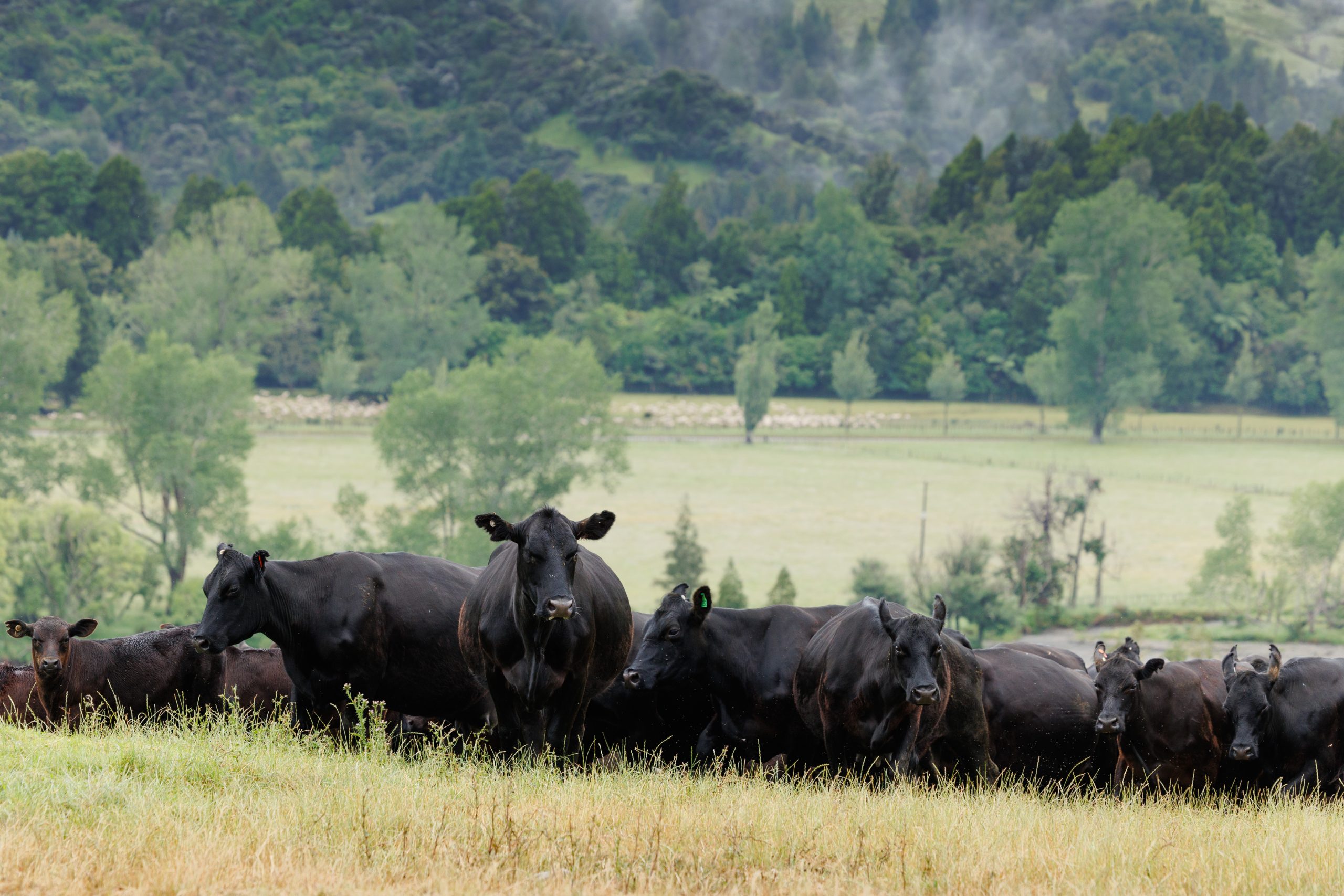Balancing seasonal variations in nutrient requirements
Melinda Turner explains why we need to keep an eye on mineral deficiencies in cattle this winter.

Approaching winter, regardless of current seasonal constraints a common requirement is to maximise the health of your stock’s immune system to cope with the added stressors of colder temperatures combined with reduced feed intake. Trace elements play a fundamental role in immunity.
Knowing your numbers, both your pasture mineral status as well as your stock’s baseline levels, will determine if their natural immunity could potentially be compromised by primary or secondary deficiencies.
Low immune activity can result in poor ability to withstand normal environmental stresses; reduced growth / weight loss, lower parasite resilience, poor reproduction performance and reduced neonate survival.
Pasture levels of trace elements are often hindered by antagonism from excessive iron, aluminium and manganese in our acidic soils. Trace element uptake increases naturally with a regular liming programme however the reduced winter growth may hinder sufficient dry matter intake to meet full requirements. Some of the major trace elements of importance for a strong immune system are copper, zinc, selenium and iodine.
Copper availability is adversely affected by soil acidity/low calcium especially related to high iron. Copper has anthelmintic properties and is required for both innate (the first line defence against pathogens) and humoral immune cells with particular importance for antibody production.
Antibodies remember those pathogens previously fought so future infections are squashed rapidly. Without this memory, stock is predisposed to recurrent infections with future performance potential reduced. Zinc is also depressed with sub-optimal soil calcium levels but is required for skin integrity acting as a physical barrier to pathogens as well as a cell-mediated (white blood cell) role to kill pathogens.
There are no body stores of zinc, therefore the diet must provide daily adequate intake. Visual symptoms include excessive salivation, hair loss around the mouth and eyes, skin lesions – particularly around the nostrils – and lameness.
There’s been an eye-watering shift in costs so it’s more about understanding where every dollar is going.
Selenium is typically deficient in our soils and even with fertiliser input, pasture levels can remain insufficient for optimal animal health. As a component of the antioxidant glutathione peroxidase (GPx) selenium prevents cell damage, regulates excessive / over-reactive immune responses and chronic inflammation. Both selenium and iodine work together in thyroid function and immune support.
At times of high sulphur uptake (post fertilisation if using soluble forms, grass flush etcetera), selenium utilisation is reduced, therefore higher supplementary levels may be required to offset the antagonism. Selenised drenches are not sufficient to overcome deficiency and typically not frequent enough to meet long-term selenium requirements. Adequate copper levels will improve selenium retention and vice versa.
On the macro mineral front for general health, pasture nutrient composition varies seasonally with winter typically being higher in phosphorus but lower in calcium and magnesium with excessive phosphorus levels further reducing calcium and magnesium availability.
Regardless of gender, subclinical milk fever can be caused either through direct calcium deprivation (low Ca:P ratio) or indirectly through reduced parathyroid hormone (PTH) production and secretion caused by low magnesium – think of magnesium as the ‘on-switch’ for calcium absorption.
Hypocalcaemia slows growth of youngstock with potential to cause softer teeth and premature wearing. There is increased risk for bone lesions and lameness. Both calcium and magnesium are also required for muscle contraction (Ca)/relaxation (Mg) and nerve function.
Listen to Melinda’s interview on The Country-Wide Podcast.




